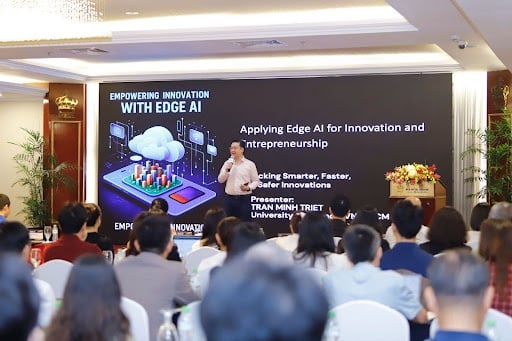 |
Innovation is among the areas of concern in 2025. |
In 2025, four major policies will be issued at the same time to create a synchronous institutional corridor, promoting Vietnamese enterprises to enter the global innovation playground.
This is considered a pivotal year for AI, creating an important driving force in shaping the future of the public sector. In particular, many innovative activities and events simultaneously open up opportunities to develop large-scale, high-quality Vietnamese data sets.
Core resolutions
At the AI & Innovation Transformation Conference 2025 held last weekend, Ms. Truong Ly Hoang Phi, founder of InnoEx, reviewed a series of newly issued policies of the Party. She said that innovation is a strategic action and the State is supporting it with a synchronous corridor for businesses.
In particular, Resolution 57 on breakthroughs in science , technology, innovation and national digital transformation has helped encourage businesses to invest in R&D. At the same time, the Resolution promotes the connection between research institutes, universities and businesses, to quickly access scientific research results and apply them in practice.
Other policies include Resolution 59 on promoting deep integration in the global value chain, Resolution 66 on innovating law-making and enforcement to meet the requirements of national development in the new era, and Resolution 68 on private economic development.
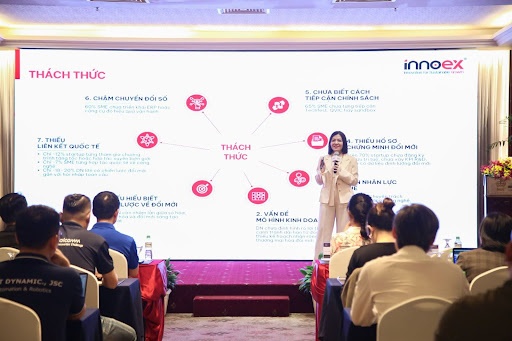 |
Ms. Truong Ly Hoang Phi shared at the event. Photo: SW . |
Ms. Phi analyzed that Resolution 68 focuses on private enterprises, considering them the most important driving force of the national economy, as well as in the development of science and technology, innovation and digital transformation. This Resolution creates a mechanism to form support policies such as finance, credit and market connection for enterprises of all sizes, especially small and medium.
Meanwhile, Resolution 66 not only requires technical reforms in the legal system, but also changes in thinking, turning mechanisms and policies into competitive advantages. This paves the way for experimental mechanisms (sandboxes) with new technologies, strengthening digital government .
The special point here is not the number of resolutions, but the mutual support between them, Ms. Phi said. Resolution 68 allows businesses to allocate up to 20% of pre-tax profits to set up a separate fund for research, innovation and digital transformation.
In addition, there are many other incentives on tax, land... if the enterprise operates in the high-tech sector or is located in innovation centers. Similarly, Resolution 57 adds the allowance for deducting one and a half to two times the R&D cost when calculating tax, depending on the industry.
Edge AI is more than just a trend
The opportunities for innovation in 2025 are further expanded with the emergence of Edge AI. Also at the conference, Mr. Hoang Hung Hai, Product/Technology Marketing Manager at Qualcomm, emphasized the importance of this technology.
Edge AI refers to the deployment of artificial intelligence algorithms and models directly on edge devices, instead of relying on centralized cloud servers for processing. Mr. Hai analyzed that Edge AI does not stop at a trend, but is a comprehensive redesign of data processing architecture.
Specifically, instead of being centralized at the center, processing capabilities are brought to the end devices, from phones and cameras to autonomous vehicles and agricultural sensors. As a result, devices and systems can save bandwidth, increase security, and open up the possibility of applying AI even in environments with limited connectivity or requiring real-time response.
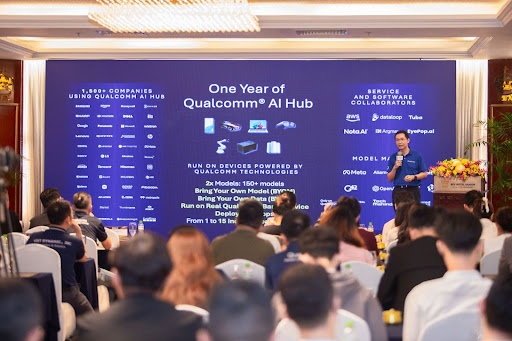 |
Mr. Hai shares his views on Edge AI. |
According to him, now is the "golden time" for Vietnamese businesses to learn and participate deeply in the global AI value chain. Qualcomm will provide AI chips on devices, as well as support businesses to integrate Edge AI into actual products. With the support of open policies and ecosystems like InnoEx, businesses can significantly shorten the gap with international competitors.
In terms of training, Associate Professor Dr. Tran Minh Triet, Vice Principal of the University of Science (Vietnam National University, Ho Chi Minh City), said that Edge AI is opening a new direction for higher education. However, because most students are only familiar with AI at the tool level, practical applications with technical constraints like Edge AI are still quite far away, the Associate Professor said.
He believes that training programs can be designed to include simple, familiar and creative problems to help students not only understand, but also create practical applications. Leading businesses can have cooperation with universities to create more opportunities for students, thereby contributing to the readiness of human resources in the future.
Source: https://znews.vn/bo-tu-chinh-sach-thuc-day-doi-moi-sang-tao-post1563007.html






![[Photo] General Secretary To Lam works with the Standing Committee of Quang Binh and Quang Tri Provincial Party Committees](https://vphoto.vietnam.vn/thumb/1200x675/vietnam/resource/IMAGE/2025/6/25/6acdc70e139d44beaef4133fefbe2c7f)







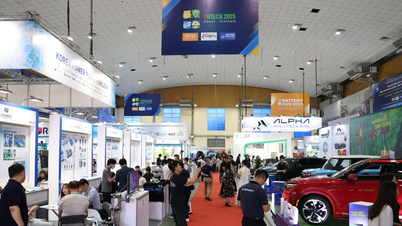
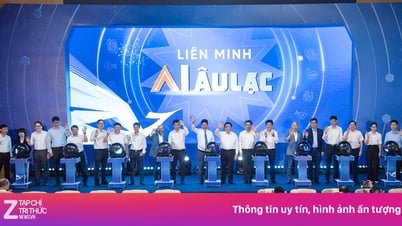






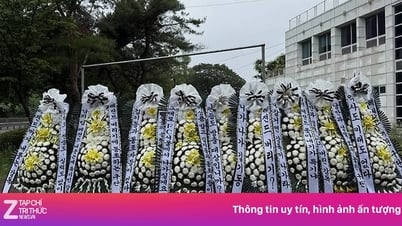
















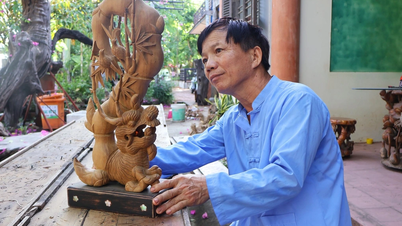


























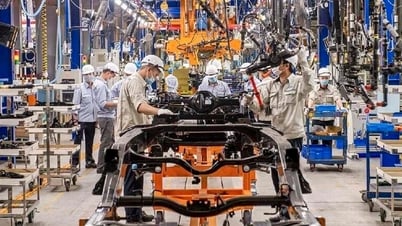

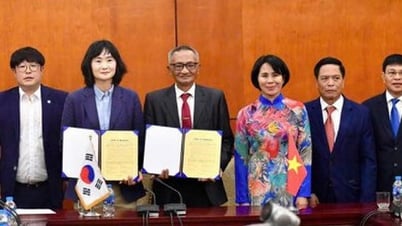


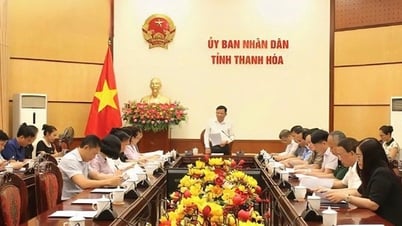


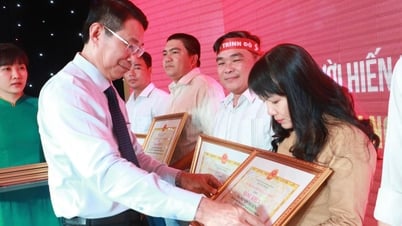

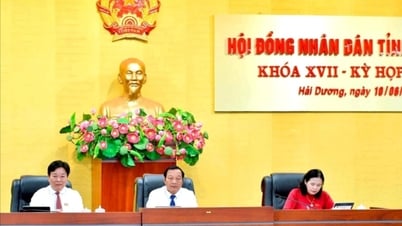



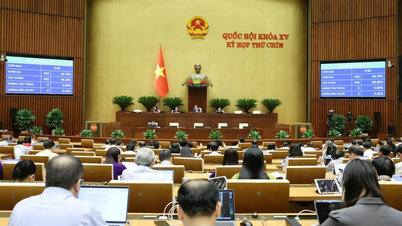


















Comment (0)